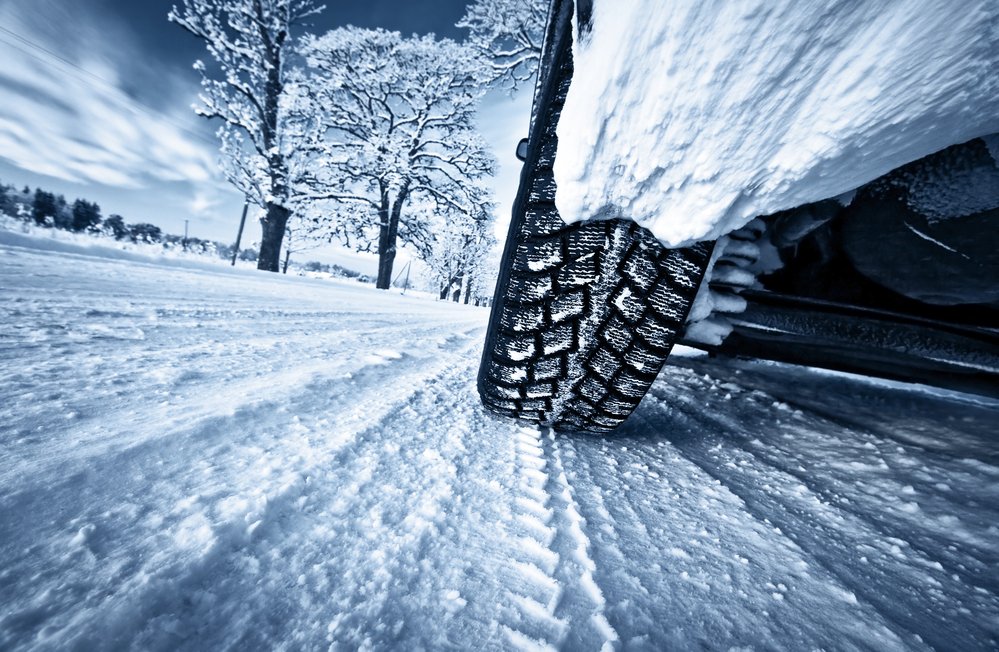
Electric vehicles were put to the test recently to see how they perform during winter months — with up to almost two-fifths of range being lost.
The real-world winter EV performance study was conducted by the Canadian Automobile Association.
Vehicles representing more than two-thirds of Canadian EV sales were driven from Ottawa to Mont Tremblant, Quebec, in sub-zero temperatures. The CAA EV Winter Test measured how many kilometres EVs drove before their batteries died and how long it took to get a reasonable recharge.
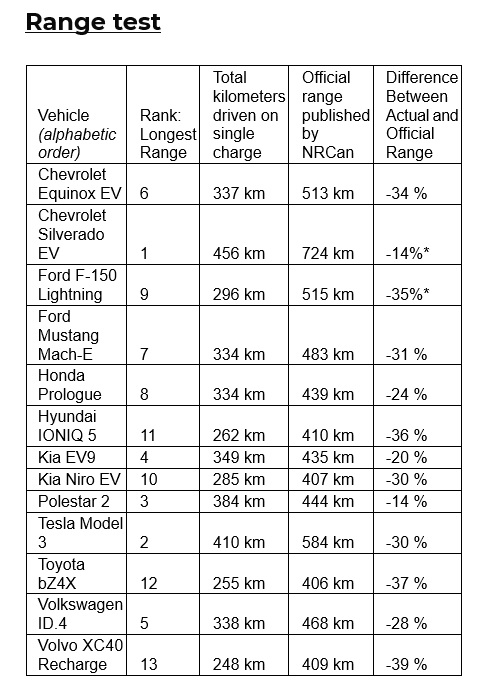
The test was done in response to one of the top concerns Canadians have when it comes to EVs, said Ian Jack, vice-president of public affairs at CAA National.
“We measured the effective range of electric vehicles in cold weather and how quickly they charge,” he explained. “These insights are critical for both current EV owners and those considering making the switch.”
These tests show the difference winter makes. Across the board, the vehicles drove 14 to 39 per cent less than their official range. Two vehicles in particular performed well in the cold, the Chevrolet Silverado EV and the Polestar 2, both driving just 14 per cent less than their posted range.
CAA found the cold weather affected EVs very differently, with some doing better than expected while others did not.
“The vast difference in results highlight the importance of truth in advertising when it comes to EV range, and of comparing numbers if winter performance matters to you,” Jack said. “CAA would like to see a made-in-Canada standardized labeling system for EVs that includes winter driving performance rather than just a single average.”
More than two-thirds of Canadians in a recent poll told CAA that the drop in range during winter is a top barrier to buying an EV. Among Canadian EV owners, more than 65 per cent say they have experienced lower battery range in extreme cold weather. Officially posted Canadian EV ranges are based on overall, year-round numbers.
The CAA EV Winter Test featured 14 EVs, including seven out of ten of the top sellers in Canada. Models came from sport, luxury, SUV, sedan and truck categories to capture a diverse range of vehicle types.

Temperatures during the drive varied between -7 and -15 degrees Celsius to represent a typical Canadian winter. Each vehicle was driven until the battery ran completely out of power to determine range in winter conditions. The results were compared to the estimated driving range published by Natural Resources Canada (NRCan).
In Canada, only a single average is published, so consumers don’t have an accurate picture of an EV’s range in winter.
CAA also tested charging speeds, a critical factor for longer trips in an EV. In CAA’s recent survey of EV owners, four in ten EV drivers said significantly slower charging in extreme cold weather is a problem. More than half (53 per cent) of EV drivers still prefer to take their gas vehicle on long trips in extremely cold weather.
Each vehicle in CAA’s test was connected to a DC fast-charger. The test measured how many kilometres of range were added in a 15-minute session. On average, EVs managed to add around 100 kilometres of range, which amounted to 28 per cent of battery charge.
The Tesla Model 3 charged the fastest, adding over 200 kilometres in just 15 minutes. CAA found significant variations in how much charge an EV could gain in 15 minutes, highlighting the importance of considering charging rates for those who frequently drive long distances.
CAA has a few tips for drivers on ways to maximize EV performance in cold weather: Precondition the EV by warming the cabin while it is plugged in before starting the drive, clear snow and ice from the vehicle to reduce weight and aerodynamic drag, use heated seats instead of cabin heaters to conserve battery power, and park indoors or on the sunny side of the street to keep the battery warmer.
Image credit: Depositphotos.com

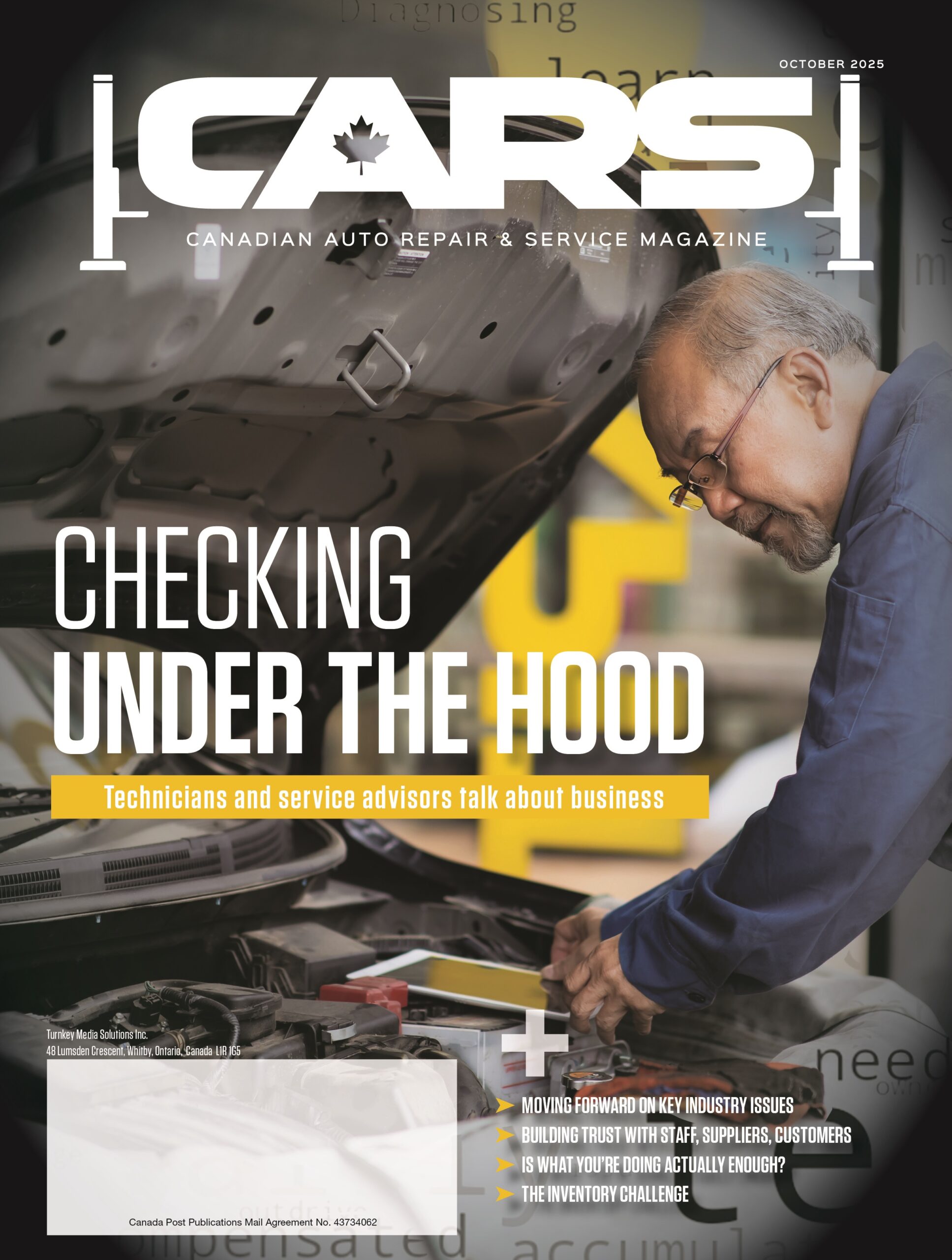

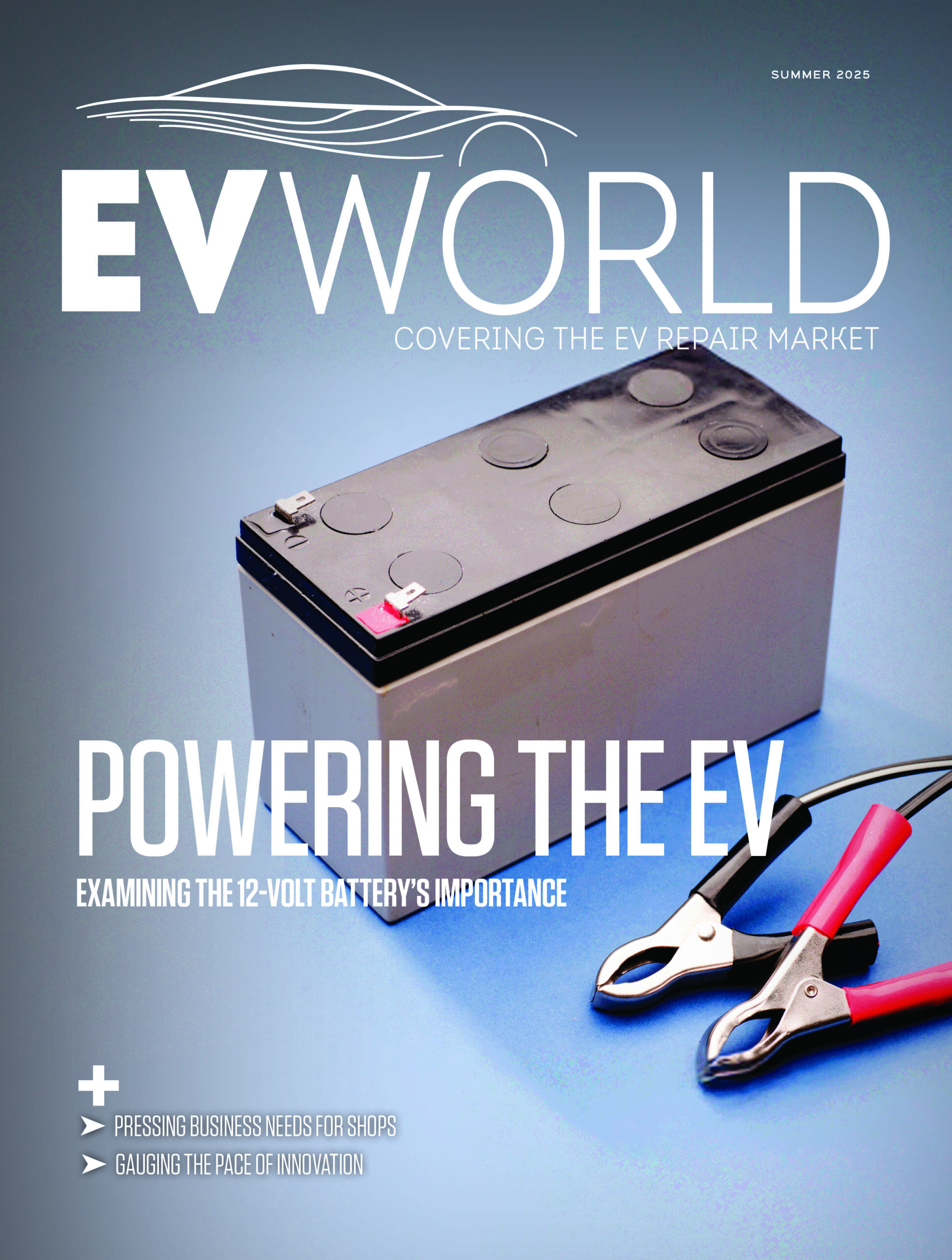

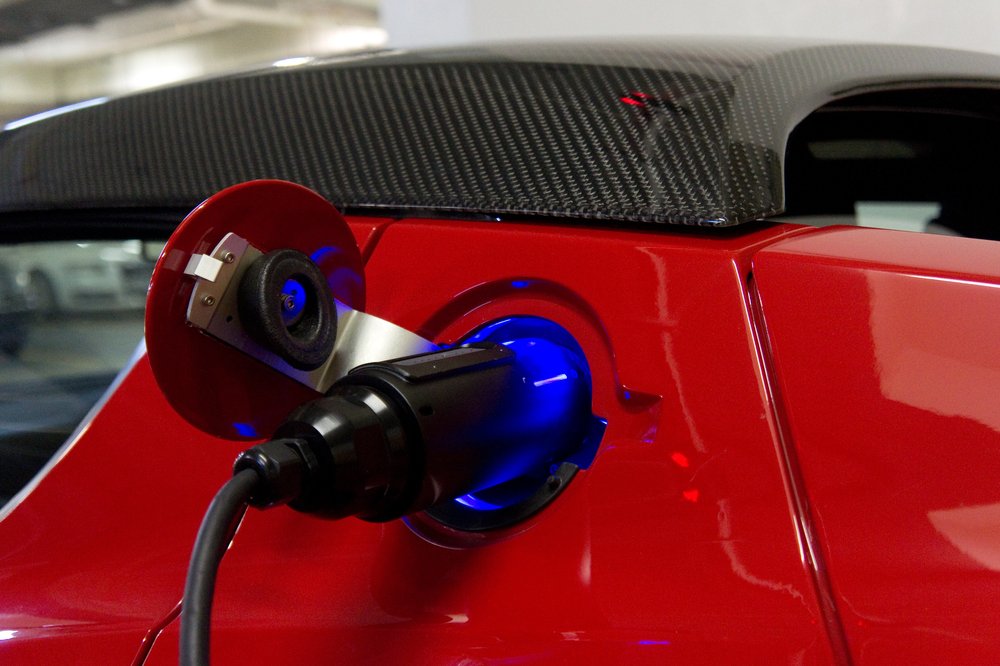
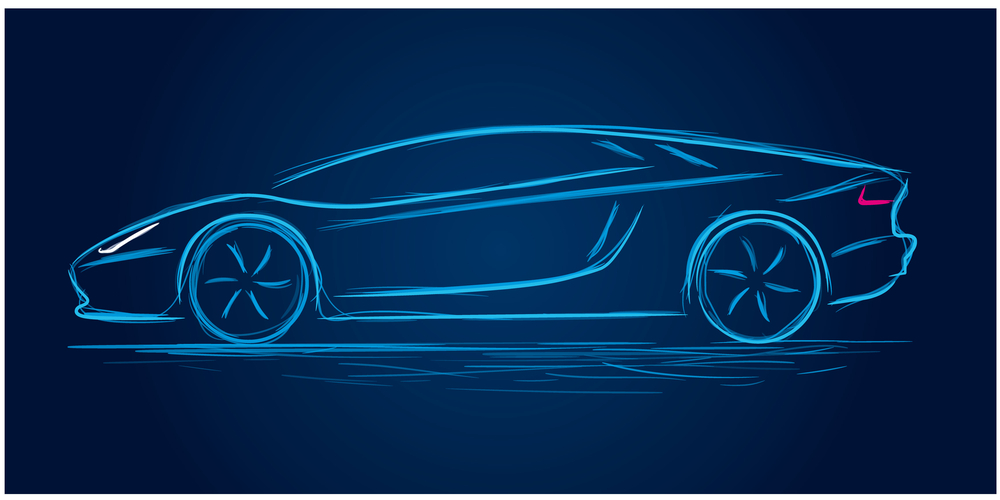

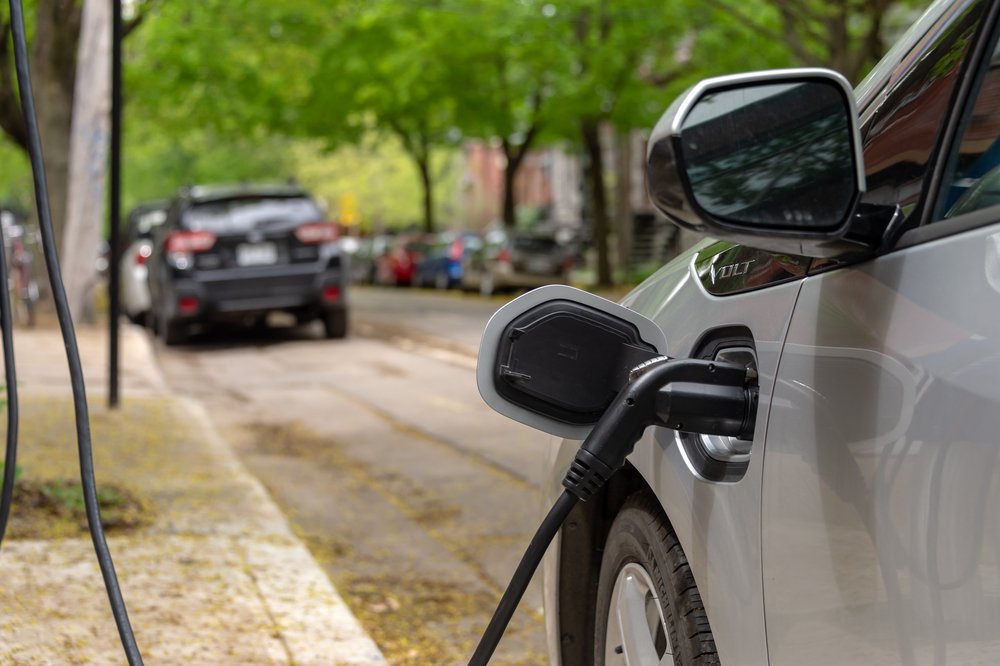


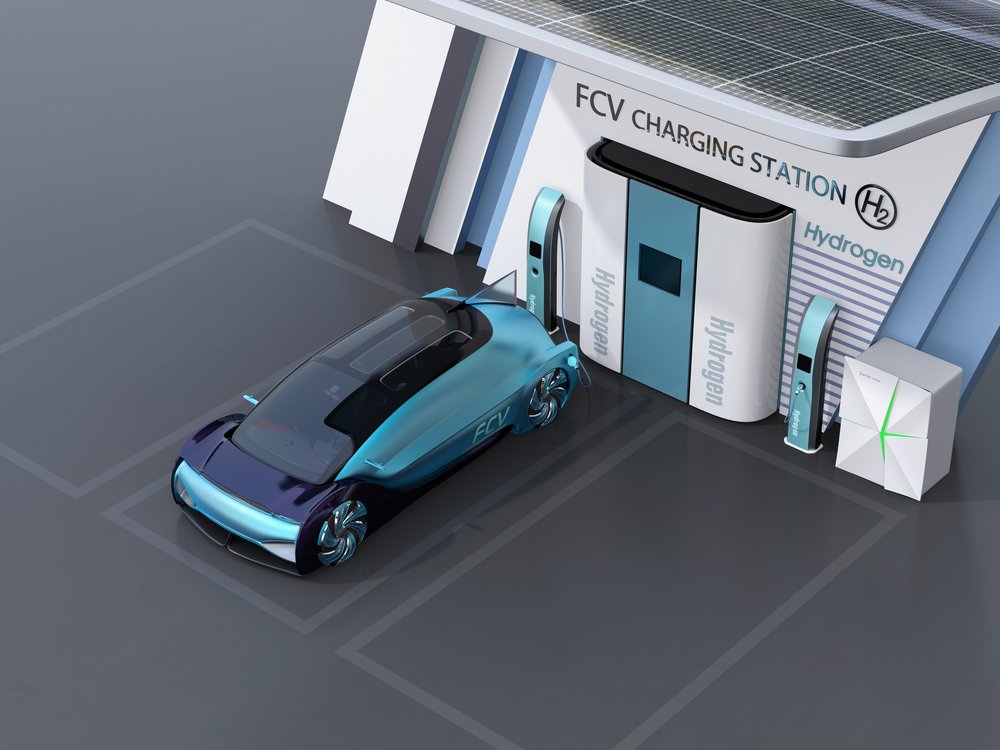
Leave a Reply